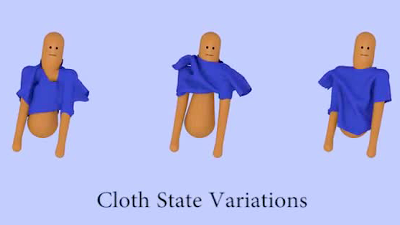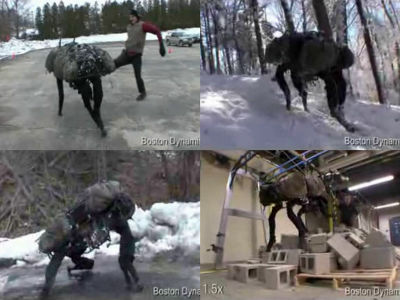An AI framework will be developed that allows humanoid robots to stand up from various postures like humans
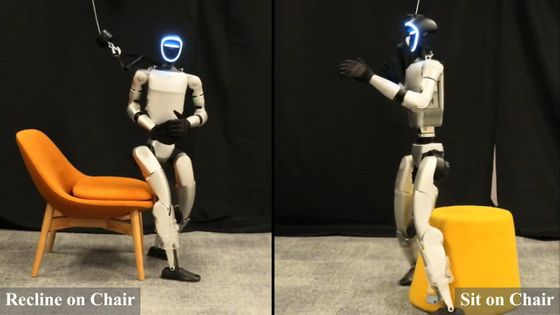
For bipedal humanoid robots that perform a variety of movements, the ability to stand up after falling is extremely important. A research team from China and Hong Kong has recently developed an AI framework called 'HoST (Humanoid Standing-up Control)' that enables humanoid robots to quickly stand up regardless of their initial posture or environment, and has released a video showing a humanoid robot equipped with HoST standing up in any situation.
[2502.08378] Learning Humanoid Standing-up Control across Diverse Postures
Learning Humanoid Standing-up Control across Diverse Postures
https://taohuang13.github.io/humanoid-standingup.github.io/
Watch this humanlike robot 'rise from the dead' with creepy speed and stability | Live Science
https://www.livescience.com/technology/robotics/watch-this-humanlike-robot-rise-from-the-dead-with-creepy-speed-and-stability
Humanoid robots mainly move and perform various actions by walking on two legs like humans, so they need to be able to control how they stand up from a fallen or sitting position. However, existing approaches overlook hardware constraints or only work in specific predefined environments, making them unsuitable for real-world situations.
Therefore, a research team from Shanghai Jiao Tong University, the University of Hong Kong, and others developed a reinforcement learning framework called 'HoST' that learns standing control from scratch. In learning HoST's standing control, the research team classified the reward function into four groups and performed individual optimization, setting restrictions to maintain the smoothness of the movement and prevent irregular movements.
The research team also first conducted training using the Isaac Gym simulator , a physics simulation environment developed by NVIDIA, and then deployed it to the Unitree G1 , a humanoid robot from Chinese robotics developer Unitree , and tested it in a real-world environment. You can see the test in the video below.
HoST: Learning Humanoid Standing-up Control across Diverse Postures - YouTube
A humanoid robot lying down on a wooden deck.
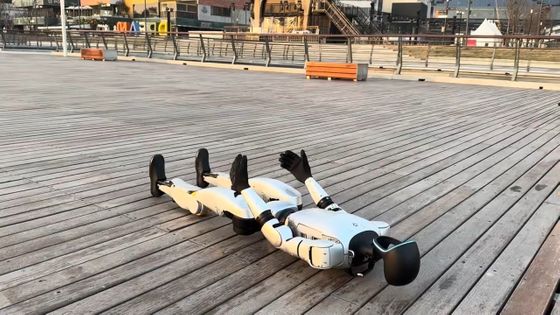
He sat up suddenly, like someone who had been woken up from his sleep. He bent both his knees and put his hands behind his back, as if he could get up at any moment.
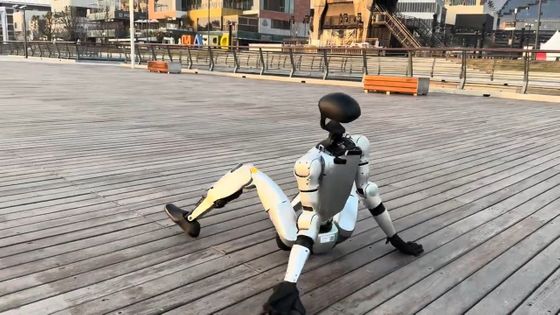
He then quickly rose to his feet. Although he appeared to stumble for just a moment, after a few small movements he regained his balance.

The humanoid robot equipped with HoST can stand up from various positions, not just lying down. On the left is a robot lying down with its legs hanging down from a step, and on the right is a robot leaning its upper body against a wall.
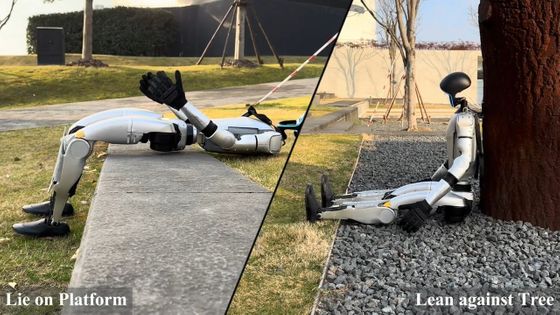
From each position, it stood up in a natural way. It wasn't a special movement that only a robot could make, but rather the kind of movement a human would make.

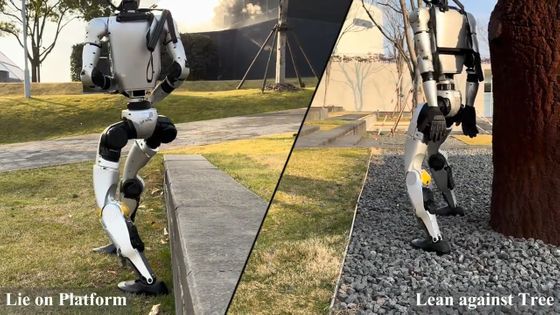
The research team is also testing the bike in a variety of other situations, including on gravel and grass.
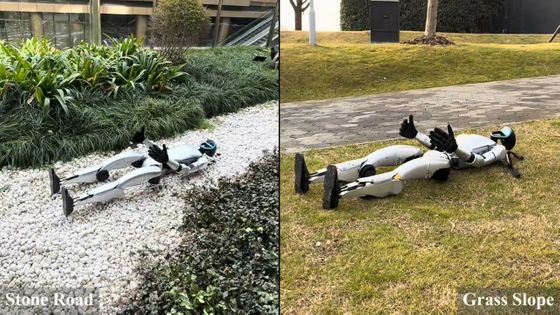
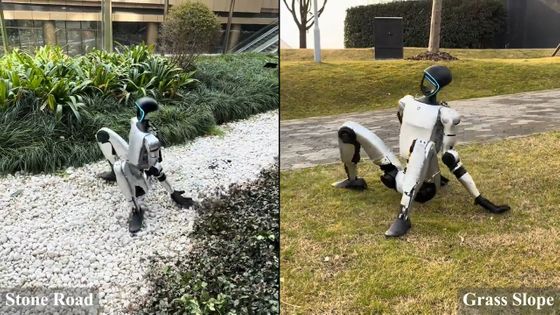
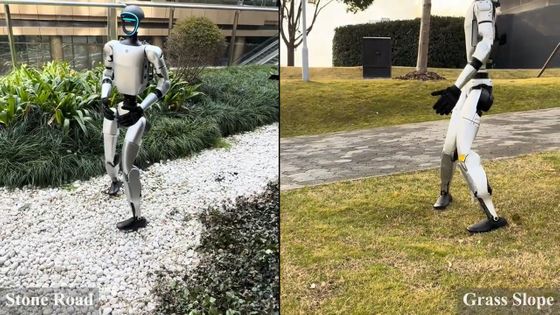
Similar tests were also conducted in an indoor environment.

One of the challenges was a special situation, 'on a 10.5 degree slope' (right), but the humanoid robot equipped with HoST managed to stand up without any difficulty.
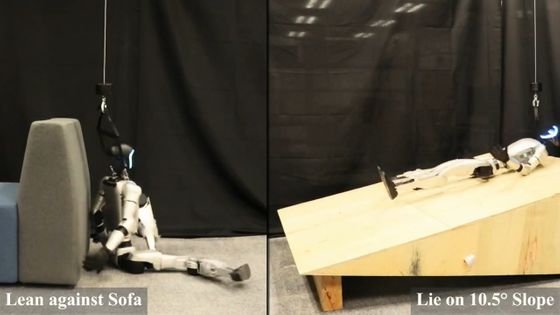
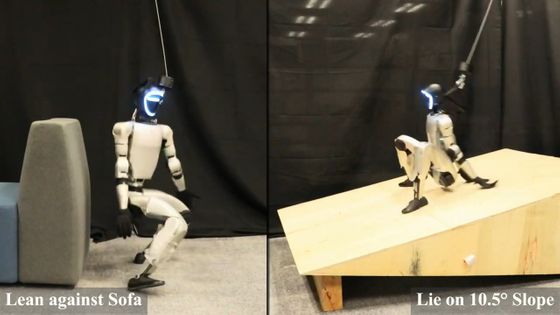
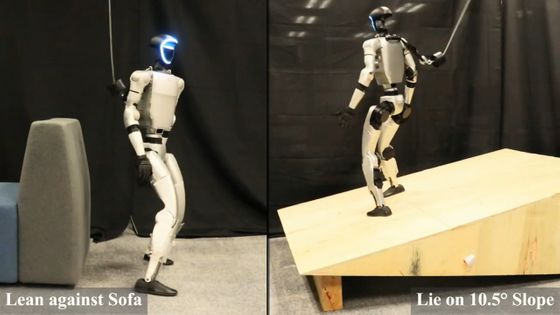
Tests were also carried out under various load conditions, including carrying a 6kg backpack.
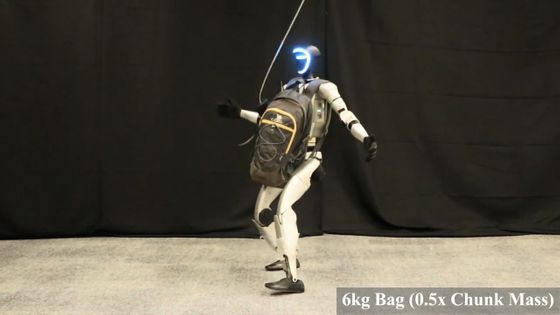
I was able to stand up even on the soft cushion.
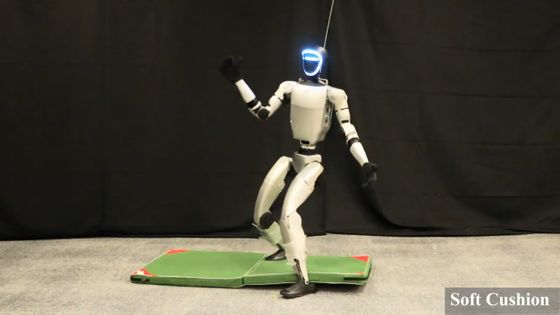
Additionally, the humanoid robot was able to stand up successfully even when external force was applied, such as by being pushed by a hand when it stood up.
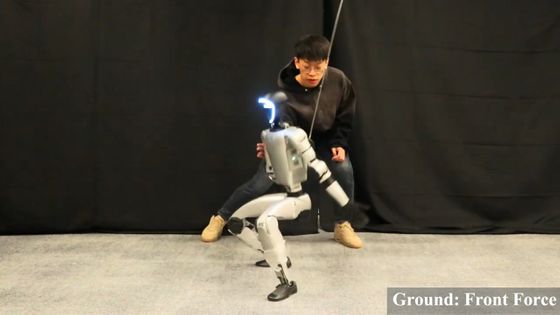
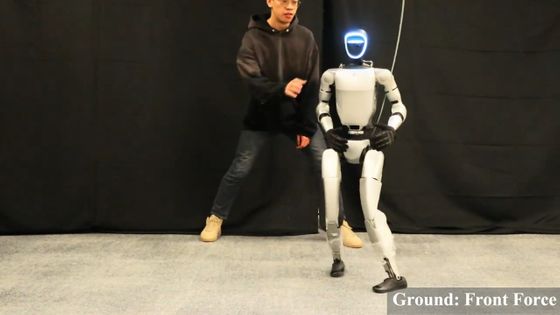
It's okay if something hits you from behind.
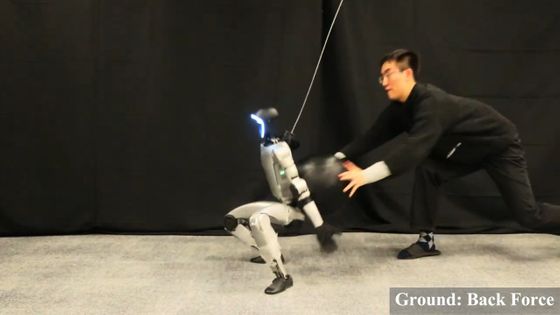
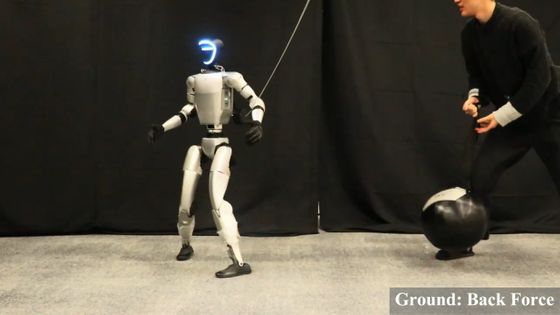
He was able to successfully stand up even when he was carrying luggage on a slope and was under pressure when standing up.
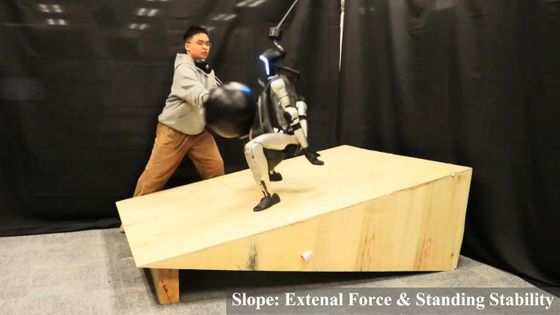
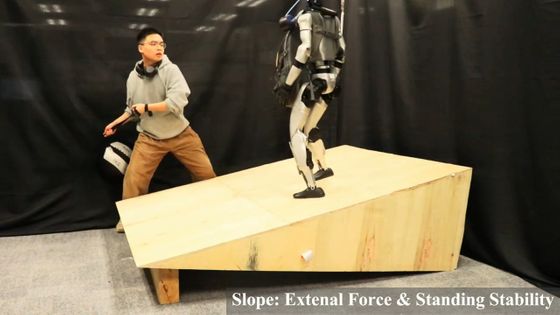
He continued to be kicked and hit with things after that, but he continued to remain standing.
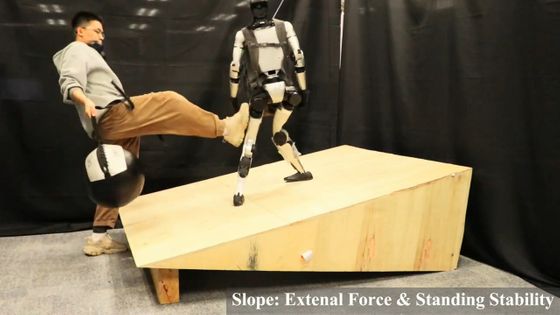
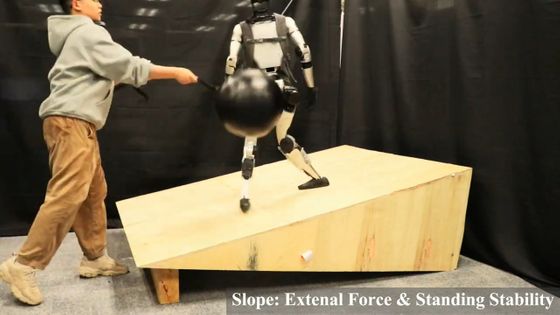
Below is a test in which the person is kicked immediately after trying to get up, causing them to fall on their bottom.
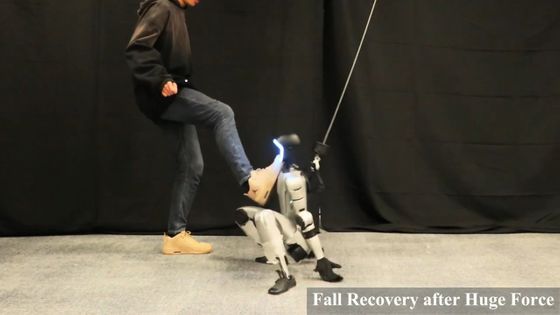
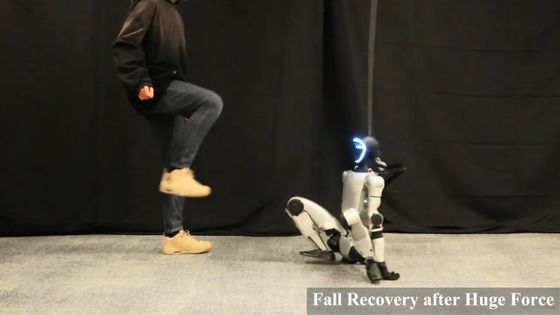
When it tries to stand up again, it loses its balance and falls back down again, just like a human.
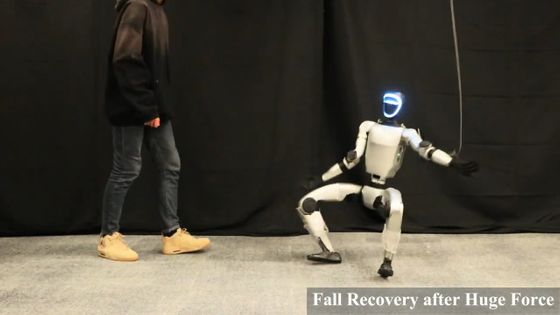
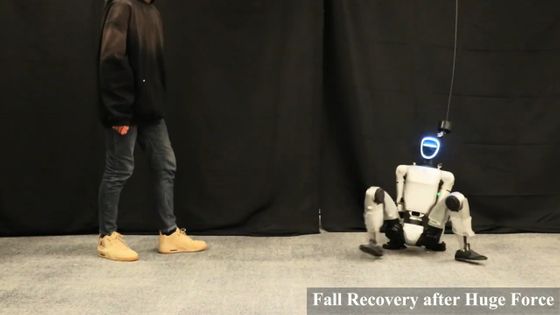
But ultimately, the humanoid robot managed to stand up.
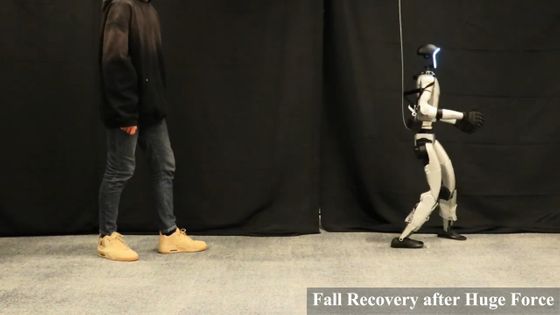
'Experimental results with the Unitree G1 humanoid robot demonstrate smooth, stable and robust standing-up behavior in a variety of real-world scenarios. This research paves the way for integrating standing-up control into existing humanoid systems, potentially expanding the real-world applicability of the technology,' the team said.
Related Posts:
